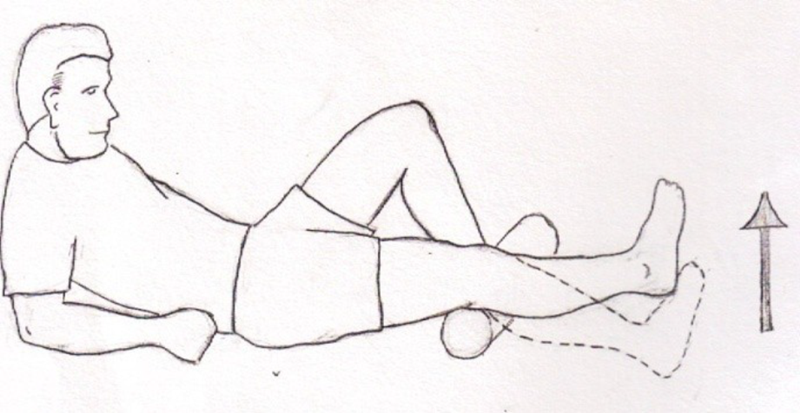People with Down syndrome can often have laxity, or looseness, of the ligaments that support joints. The knee is no exception. The patella, or knee cap, attaches to the muscles of the upper and lower parts of the leg and transmits the power from the large muscles of the thigh to help extend the lower leg. The patella should glide easily through the groove formed by two large protrusions (the medial and lateral epicondyle) at the end of the femur (the large thigh bone that connects to the knee). To visualize this, make a fist with your left hand. Look at the knuckles of your middle and index finger. The two knuckles can be compared to the medial and lateral condyles of the femur. Sending your right index finger through the groove between the two knuckles of your left hand is how the patella should glide between the two condyles.
Unfortunately, it is common in people with Down syndrome for the patella to track a little bit out of the groove, usually toward the outside of the knee. Using the hand analogy, if you move your index finger a little bit to one side, and then try to glide it, it bumps into your knuckle. Similarly, the patella bumps into the condyle. This can be uncomfortable, can put undue stress on the knee, and can cause wear of the backside of the patella. Knee pain that results from the patella tracking poorly is called patellofemoral syndrome.
Thankfully, patellofemoral syndrome can often be easily treated with a home exercise program. This program aims to strengthen the muscles that support proper tracking of the patella. The most important muscle to strengthen is called the vastus medialis obliquus – or the VMO for short. The VMO is a muscle in the inner thigh which helps pull the kneecap toward the inside part of the knee. Performing the exercises below, over time, will help strengthen this muscle, and put the patella back on track.
Leg Raises

Lying on your back with a towel rolled up under your knee, slowly lift your foot up as high as you can and hold it high for a count of 10. Repeat 10 times. Do this exercise twice a day.
Wall Slides

Stand with your back against the wall and your feet about a foot’s length from the wall. Lower your upper body down towards the floor until your thighs are parallel to the floor. Hold for 2 seconds, then rise back to standing. Repeat 10 times. Do this exercise twice a day.
Step Ups

Stand sideways with one leg on the first stair, the other on the floor. Slowly raise yourself up with the leg on the first stair, hold there for 2 seconds, then slowly lower yourself back down. Repeat 10 times. Do this exercise twice a day.